All about garden hibiscus
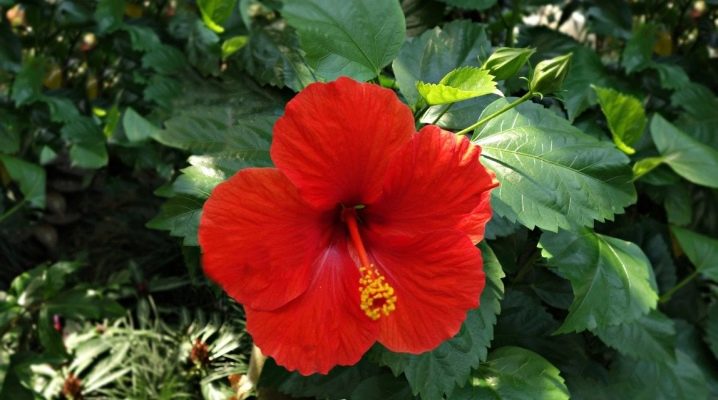
Fragrant flowers of garden hibiscus give pleasure not only to the sense of smell and sight, but also serve as a tasty and fragrant substitute for traditional tea. The hibiscus drink of a rich pomegranate color with a pleasant sourness in the taste perfectly warms you hot and quenches your thirst in the heat. At the same time, hibiscus is very decorative and not whimsical to care for.

Peculiarities
Everyone knows hibiscus in Hawaii under the romantic names "flower of love" or "flower of beautiful women." He got them thanks to the fact that local residents like to emphasize the beautiful hair of bright hibiscus flowers. This is especially noticeable during the holidays. A wide range of colors of hibiscus flowers emphasizes the femininity and youthfulness of Hawaiian girls.
But you don't have to buy a ticket to Hawaii to appreciate the magnificence of these flowers. You can grow a plant in your garden or at home on a windowsill.
The cultivation process will not bring much trouble. A little painstaking care and attention, and you can admire the unique petals with your own eyes.
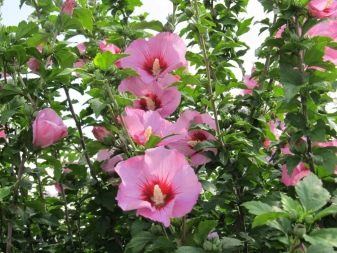
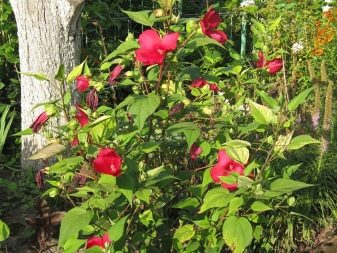
Garden hibiscus - a representative of the Malvaceae plant group... In natural realities, up to 250 different varieties of crops grow, differing in shape, color and diameter of flowers. They grow in the form of semi- and shrubs, ornamental trees and herbaceous varieties.
Views
Most varieties of garden hibiscus are similar in large and catchy flowers. But there are those that are obviously different from each other.
"Terry"
Frost-resistant and herbaceous varieties are very popular, since both are not capricious in leaving. Gardeners are interested in tree-like hibiscus species with a "double" structure of funnel-shaped flowers. They attract with their exoticism and at the same time are completely picky in the process of growing.
The plant amazes with its diversity: the flowers bloom on them the most diverse: purple, yellow, white, dark scarlet, juicy lilac, deep crimson. There are even varieties with bicolor petals.

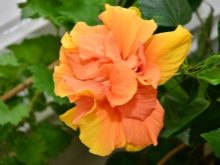
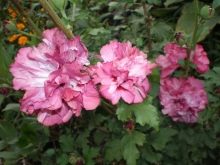
Which hibiscus variety is chosen determines where it will be placed in the garden. It is undersized plants that look wonderful on mixed borders. Harmoniously for herbaceous hibiscus, there will be a neighborhood with roses of ground cover species or crops from the category of decorative deciduous.
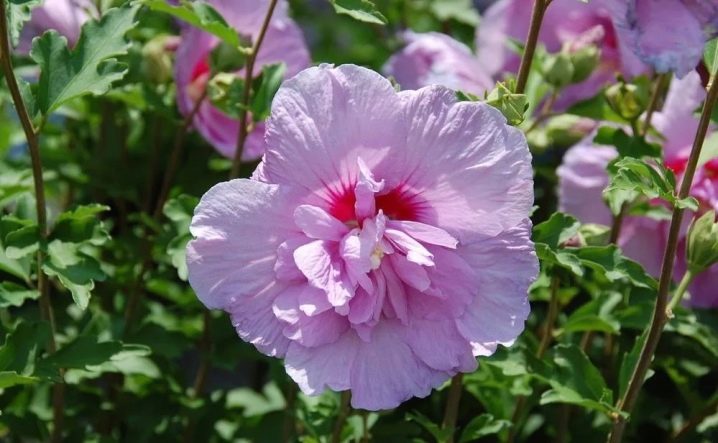
"Garden tree"
Tree hibiscus can be advantageously beaten if you plant different vegetation with contrasting or similar flowers in a standard planting. The flowering period of the garden tree variety is up to six months. From the beginning of summer until the arrival of October, the plant smells of fresh flowers. At the same time, the flowering time of a flower does not last longer than one day.... Withered petals are immediately replaced by new inflorescences.
In moderate climatic conditions, the plant does not grow above 2.5 meters, but in nature, tree-like hibiscus varieties reach 6 meters. Large, smooth oval leaves are beautifully colored with rich green pigment. Inflorescences are single and large enough, up to 28-31 cm in circumference.
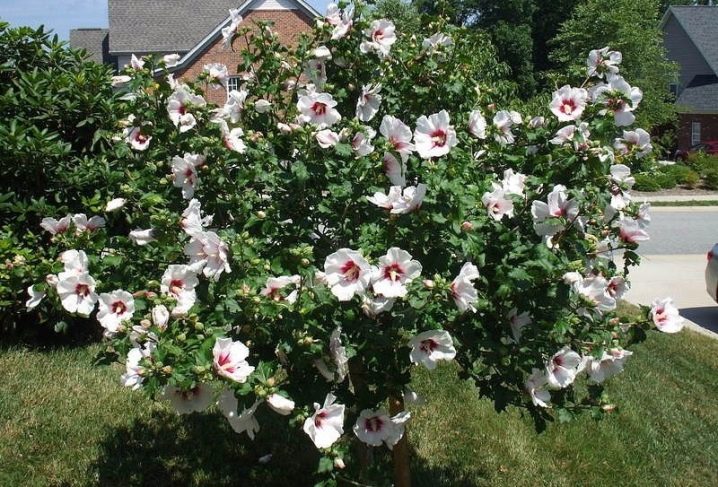
The bush is abundantly covered with erect shoots that germinate annually. Pomegranate-raspberry inflorescences are also a distinctive feature of this variety.
It is best to plant a flower in the center of the garden area or in the background, since its size is quite impressive.
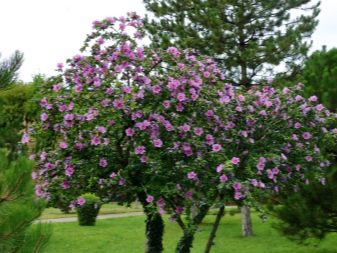

"Grassy"
Herb hibiscus is also a beautiful shrub, with large flowers of juicy shades. This variety is frost-resistant. But, when caring for him, it is important to consider that the roots are like potatoes, which are easy to damage and destroy the plant.
Therefore, in the winter, when the bush dies off, you need to install a pointer at the place of its growth, thus determining the location of the plant. This will keep the hibiscus from digging.

The flower stalks of this variety are three times larger than the flowers of treelike hibiscus. They go well with other garden plants. Herbaceous species are traditionally grown by planting in groups or by curbs. Plants often decorate the area around the courtyard pond.
Cultivation should be carried out in areas illuminated by the sun, protecting the plant from being blown through by drafts.
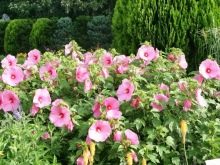
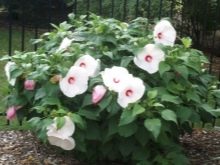
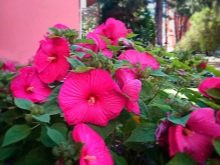
Care
Hibiscus grows well in stable humidity, but also tolerates aridity. True, this affects the culture in that it partially sheds its buds. An irrigation system will help to achieve success in growing hibiscus.
Fortunately for gardeners, it is elementary to understand when a bush is critically in need of moisture. The drooping leaves themselves signal with their appearance about the lack of water. Without waiting for active wilting, it is better to water the bushes immediately, at the first manifestations of drought.
Kaddy hibiscus need systematic water feeding and maintaining light moisture, and in the summer it should be daily.

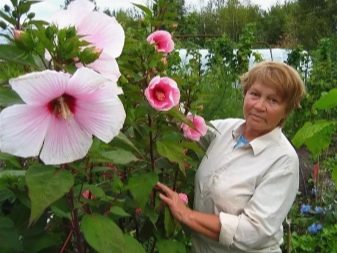
Any variety of hibiscus will respond favorably to spraying and mulching.... The latter manipulation helps to retain moisture and saves from high temperatures in hot weather. Peat plus humus with straw are considered ideal materials.
Hibiscus is sensitive to fertilizers, more precisely, to fertilizing components. The shrub does not tolerate a deficiency or oversaturation with nitrogen and iron. It is advisable to fertilize hibiscus with soil mixtures and microfertilizers for flowering plants with a high phosphorus content in them.
In open ground, up to 3 dressings are carried out - with the arrival of spring and at the stage of the appearance of buds (you can also feed 14-20 days after the onset of flowering). There is also an alternative - the second and subsequent feeding is replaced by monthly watering (or even more often) with the addition of fertilizers intended for potted plants. Although this is a very risky decision. The tub hibiscus needs to be fed every 14 days.

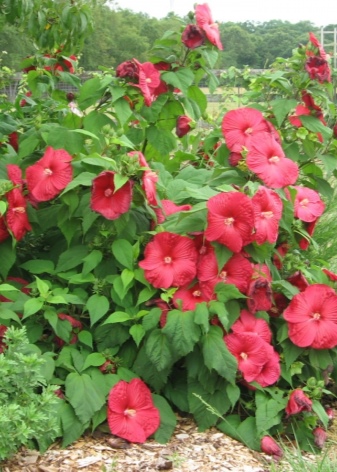
Once every 2-3 years, it is advisable to do the formation of a lush crown, and pruning is due annually. The flowering of hibiscus garden occurs on the shoots of the current year. For a splendid flowering, fresh growth needs stimulation, and besides, the culture gives a good response to pruning.
The procedure is carried out by slightly shortening the shoots at the tips before the onset of the rapid growth phase in the spring (as the shelter is removed). Topiary pruning is not terrible for either thermophilic tubular hibiscus, or Syrian, or hybrid varieties. It is convenient to grow them by forcing on a trunk.
Pruning tub hibiscus is also supposed to be once a year, and it is allowed to form them more often. The best time for a haircut is the beginning of spring or autumn.
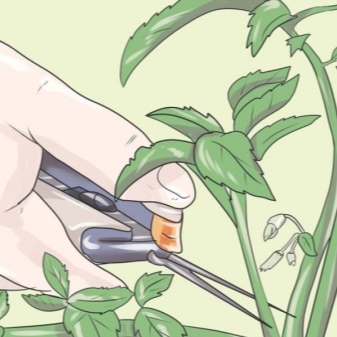
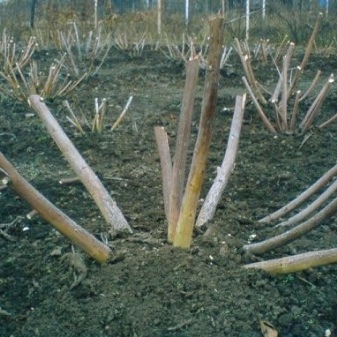
Wintering strategy
For garden hibiscus, it depends on their frost resistance. For herbaceous hybrids and bushy Syrian varieties, there is no need for a dense shelter, and as they grow older, it is generally enough to cover them with only minimal hilling or do without it altogether.
Weakly resistant long-term hibiscus of the Syrian variety and fastidious varieties of a non-local region are able to overwinter in the garden only in a mature state under a reliable cover. It is advisable to grow them as annual crops or send them to overwinter indoors.
It is worth doing the same if there are doubts about the winter hardiness and the place of origin of the plant (if we are talking about a very demanding variety). It is better to dig it together with a large earthy clod, placing it in a container.
Store hibiscus in a cool, but frost-free place, sufficiently lit and away from drafts. Indoor and tub varieties are placed in a house with a short-term adaptation period.
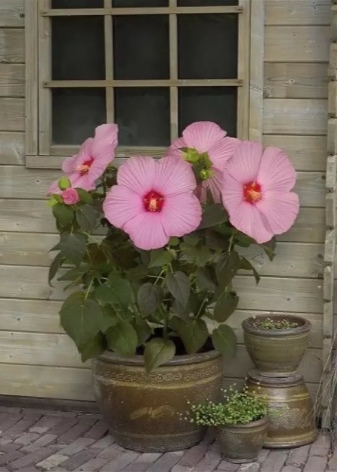
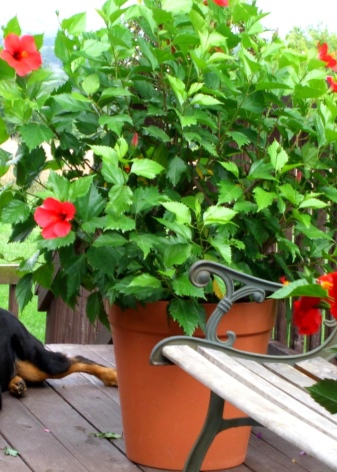
Different types differ in the way they are prepared: cut 15 cm above the substrate and huddle at the entire height of the foliage or mulched with dry loose soil... These measures are enough for a safe wintering.
One of the characteristics of tree and bush hibiscus is the ability to acquire frost resistance with age. Proper care during cultivation will make the hibiscus absolutely winter-hardy in a few years, and long-term shrubs will overwinter without problems even in severe frosts.
But the preservation of shrubs until maturity is a laborious task that requires tireless attention. Plants are especially sensitive in the first 12 months after planting, although it is not advisable to check them for frost resistance before reaching the fifth year.
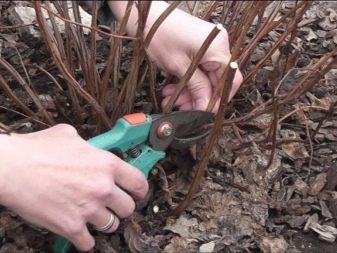
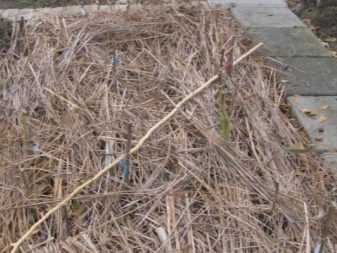
Hibiscus, in particular the hybrid varieties, bud very late and show signs of growth. This often happens in the midst of May, and sometimes even closer to summer. The absence of foliage should not be considered a consequence of a plant's unsuccessful wintering. Conclusions on this score can only be made in June, and until then, there is no need to worry. Moreover, the younger the culture, the later it will wake up.
In the realities of central Russia, for wintering, hibiscus should be covered at least to a minimum - spud with dry leaves so that the lower parts of the shoots are preserved.
Young hibiscus, as well as all bushes in which it is necessary to prevent freezing of ground shoots, in cold weather, it is important to wrap more tightly.
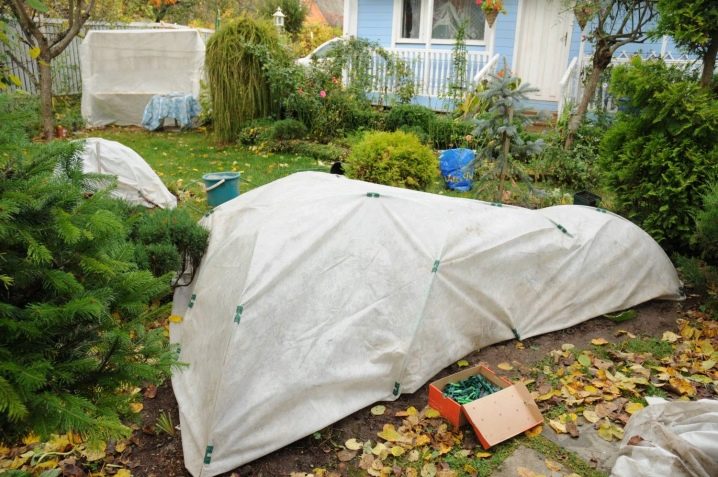
The soil around the hibiscus should be mulched using plant materials, and the trunks should be covered with dry foliage. It will be possible to wrap the plant with spruce branches, wrapping it with sacking or twine in layers. Nonwovens are not suitable for shelter due to the risk of burning. Plain burlap is a priority.
The predominant part of adult plants capable of growing in open soil (frost-resistant Syrian varieties in areas with a harsh winter climate) hibernate without shelter and survive safely with the preservation of rhizomes and buds. There is no need to fear the withering away of the ground part. The hibiscus will bloom again on fresh shoots, recovering in a short time, and will again be foliated.
Bushes bloom like plants due to their rapid growth, but their size and attractiveness cannot be compared with covered hibiscus. Therefore, it is better to cover adult crops entirely for the winter.
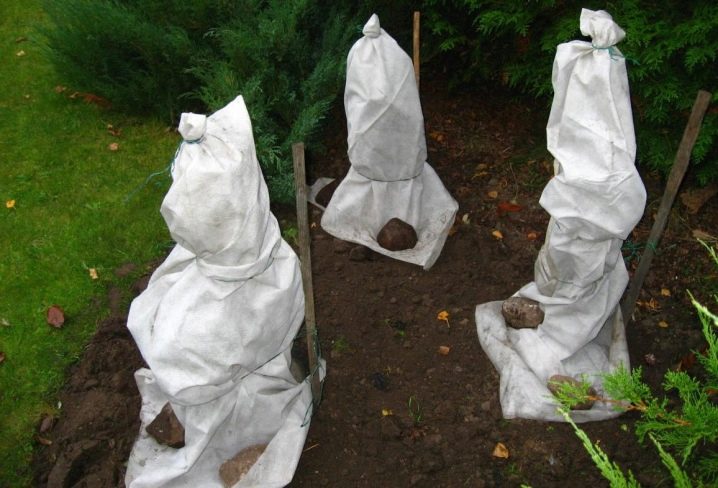
There is no need to rush to carry out hilling and shelter: mild frosts (as in Belarus) will not harm the plant. It is best to allow the hibiscus to be lightly hardened naturally before wrapping. A suitable time for shelter is November, although it is worth focusing on the temperature: the culture is covered if the frosts become stable, at 5-10 degrees below zero. It is advisable to make a shelter not in one run, but at intervals. First, do mulching, after - hilling and only after it - spruce branches.
The plant is grown hassle-free. For its growth and good flowering, it is recommended to choose a calm place in the sun. For planting, a humus-rich, fertile and loosened soil is suitable.
The culture needs frequent, regular watering. The main thing is to achieve moisture, and not pour water over the hibiscus. With proper care, the duration of his life will be 15 years or more.
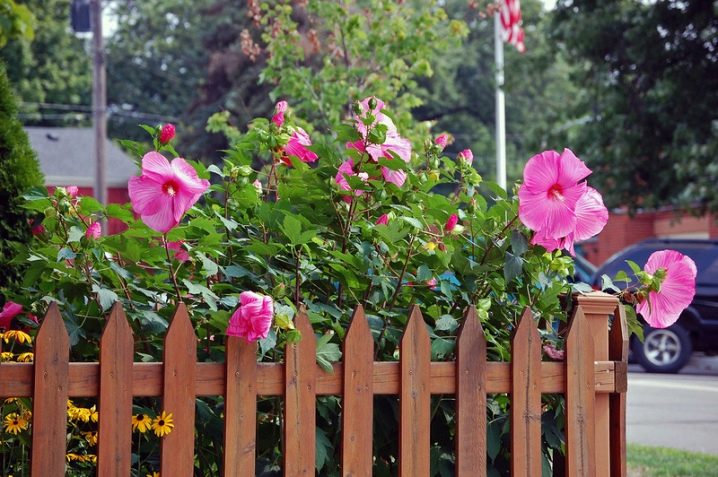
Young bushes need frequent replanting in the spring. Two months after rooting, hibiscus can be planted in containers of a larger diameter. A mixture of leafy, turfy soil plus sand with humus in proportions of 3: 4: 1: 1 is suitable for transplanting. Every year, soil should be added to the pot.
It is important to properly care for young growth after planting, especially in winter. The plant is supposed to overwinter in a shelter, since it may not survive frost.When planting in the autumn season, before the arrival of winter, you need to mulch near the flower. Before winter, it is worth feeding the bush with potassium. This will make wintering more comfortable for the culture.
Hibiscus needs a fertile soil with sufficient water permeability. Abundant watering of the culture is not needed.
It is necessary to moisten the soil only when it dries up. Luxurious flowering is guaranteed if you do not neglect the constant bait with phosphorus and potassium supplements.
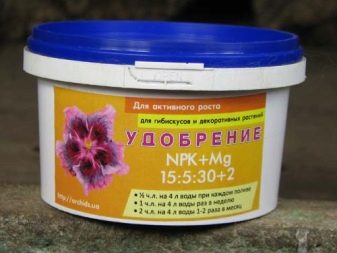

A hibiscus growing in a pot needs to be trimmed periodically to maintain its shape. Despite the status of an exotic culture, the plant easily tolerates typical threats. Most developmental problems are associated with feeding and improper care, but not with diseases.
For example, shedding of leaves, especially in active form and along the bottom of the crown, is associated with salinization of the soil, and not the onset of flowering, with oversaturation with nitrogen. Fungal-type infections are not afraid of hibiscus. But factors such as depletion and waterlogging of the soil, strong drafts, and lack of mulch are critical for them.

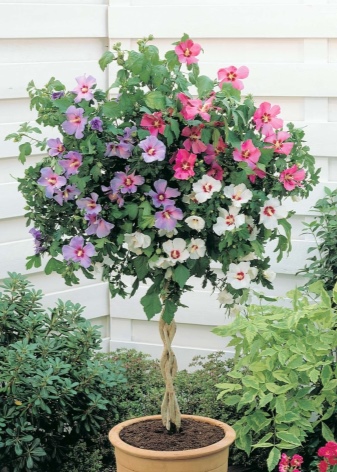
Garden hibiscus can only be affected by pests if they are adjacent to infected crops. Pot and tub species of hibiscus are attractive for aphids and whiteflies. Often garden plants are affected by spider mites.
To get rid of insects are used insecticides. Do not forget about making amendments to care, observing air humidification, reducing the vulnerability of the plant.
In addition, the bark of a hibiscus covered with spruce branches for winter attracts rodents, especially vole mice. To avoid damaging the plant it is necessary to place traps or special preparations against rodent attacks in a circle. But when natural spruce branches are wrapped in burlap, the rodents will not burrow on it.
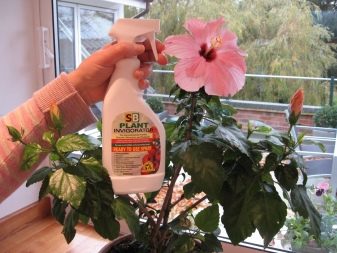

Pruning
It is important to prune the hibiscus periodically. The bush forms buds on fresh shoots. In addition, crops need pruning for decorative purposes.
In the spring, the growth of last year's hibiscus is shortened by one third. This increases the number of kidneys. Over time, the shrub thickens, which requires light thinning from time to time.
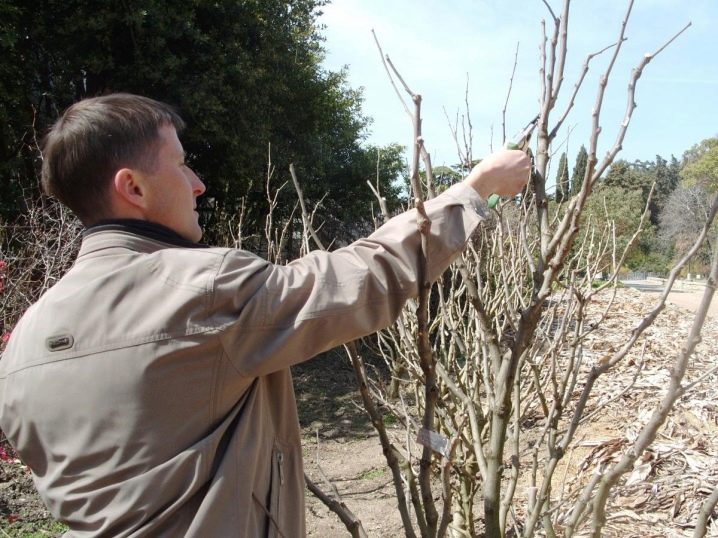
How should you trim?
After planting, all existing shoots with damage and weak or dry have to be removed. So that the plant demonstrates uniformity of growth and splendor, subsequently it will need to be cut off dramatically. To form a standard tree, you have to be patient, because the process takes more than a year.
Pruning of branched shoots is carried out at the level of several buds. The trunk is not trimmed. For the next season, with the arrival of February, the lateral branches of the shoots are cut again to one bud and the trunk to 7 buds. As soon as the bush grows to the desired height, the formation of a crown from more viable shoots with cutting off the top of the trunk and all the lateral shoots from the bottom is to be done.
Upon reaching the desired crown shape, it will be necessary to cut off extremely weak and dried shoots. Thin branches are cut at the level of the buds.
If the hibiscus becomes one-sided after a while, you need to remove unnecessary branches on it to the very base, or cut it to fresh shoots on the sides.
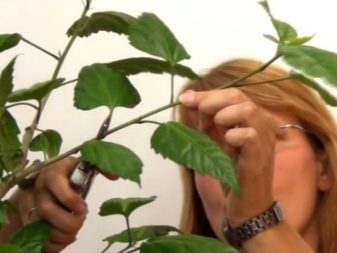
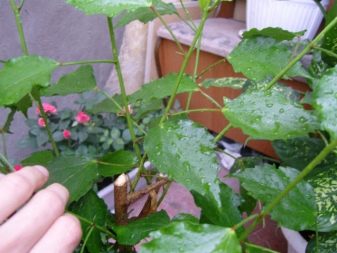
Reproduction methods
Reproduction of hibiscus is carried out by cuttings, dividing a shrub or by seeds. When deciding to germinate a crop from seed, it is important to understand that such a process is possible only after stratification.
The planting material is covered with a loose layer of soil, slightly moistened, for example, by spraying, and sent to the cold for 30 days. After that, sowing takes place in a pre-prepared substrate from a sand-peat mixture.
The container is covered with glass or polyethylene and left at t 25-27 degrees. It is important from time to time to ventilate and irrigate the soil in the container with water. When the seeds germinate a little, you need to wait until several leaves are formed. Then the seedlings are placed in separate pots.
A flower bed of hibiscus grown from seed will bloom only in the third year.
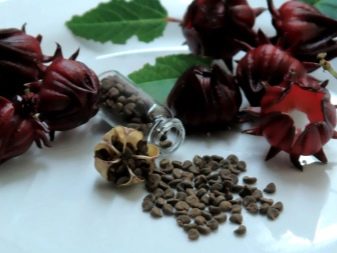
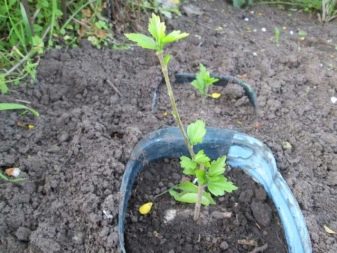
If the culture is propagated by cuttings, then the best time for this is not autumn, but spring. Upper cuttings with several internodes are cut from young shoots. Trimming is carried out 5 cm below the location of the node. Then the top of the stem is cut off directly above the node and a cut is made on the resulting cuttings. It is necessary to partially remove the stem and leaves from below. The few remaining sheets are cut in half.
To accelerate development, The stalk is often treated with growth stimulants and then buried in the ground at the level of the nodes. The planting is covered with a film and kept for a month at t 18–20 degrees. When the shrub takes root, it is planted in a specific place. The plant will give flowers a year later after planting in the ground.
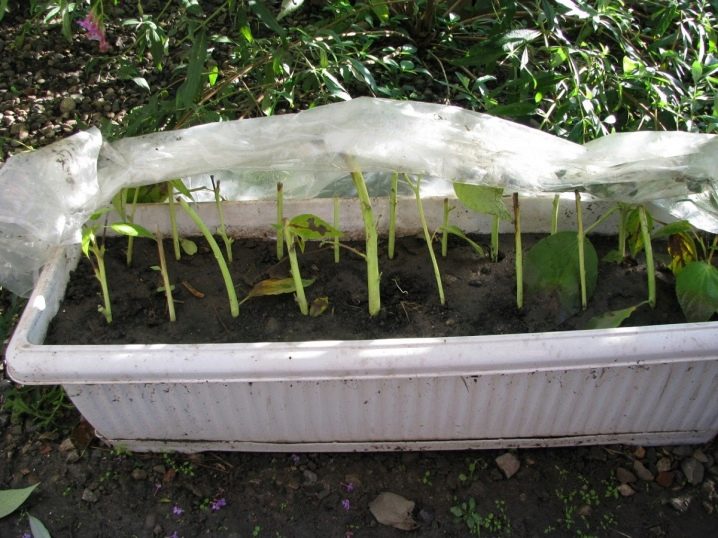
Landing rules
Planting hibiscus is correct in open soil in the spring. So it will be easier for young plants to adapt and overwinter under a shelter that does not require too much worries. Therefore, garden centers and shelves in bazaars abound with seedlings of this plant in the spring season.
You can cover young hibiscus in autumn like adult plants - spruce branches and dried foliage. And if the plant is purchased in the fall, there is no need to despair. Under good cover, young shrubs will be able to survive wintering in the realities of the climate of the middle zone. It is only necessary to mulch the soil with a dense vegetative layer, cover the mulch with leaves and tie it in layers with burlap with spruce branches. A dry shelter will also help a safe winter (as for clematis and roses).
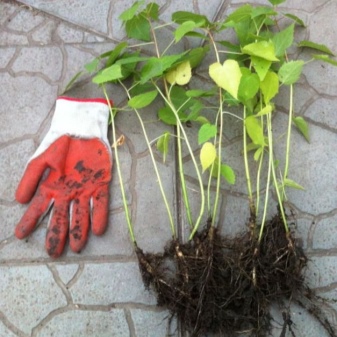

In open ground, grown hibiscus are planted in large pits with drainage at the bottom. The dug soil is mixed with bone meal or superphosphate, and a layer of humus is laid out on the bottom. Hibiscus planting occurs while maintaining its usual level of deepening.
Kadokny varieties are transplanted in the spring, before entering the phase of accelerated growth. Most species need containers from 30 liters in volume.
A prolific and hardy hibiscus does not require special attention to become a decoration of the garden plot. All that remains to be done is to plant additional plants nearby to compensate for the barren time with another crop.
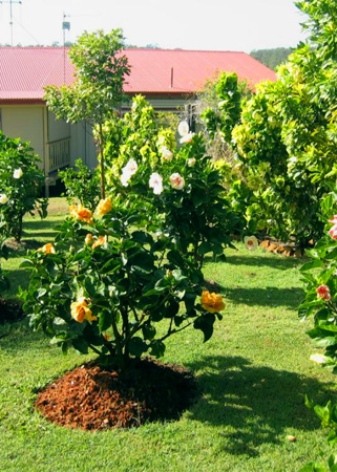
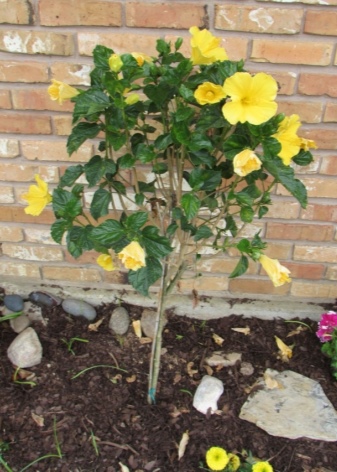
Carefully grown hibiscus will show itself as an unpretentious universal plant with beautiful flowers, for which it is so popular among summer residents, gardeners and lovers of home greenhouses.
See below for more details.




























The comment was sent successfully.